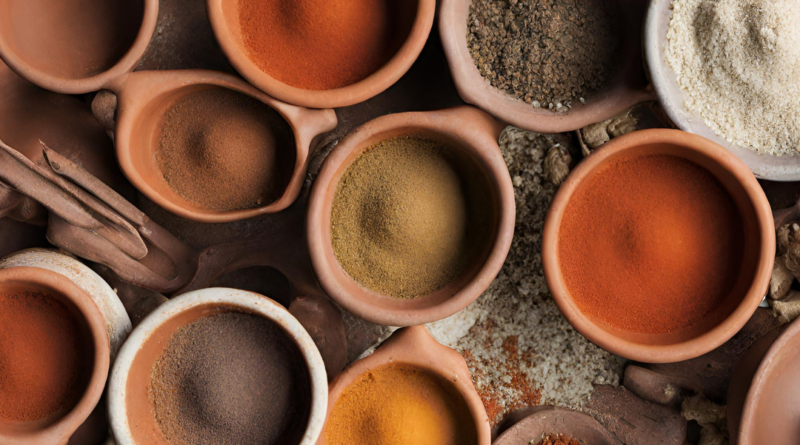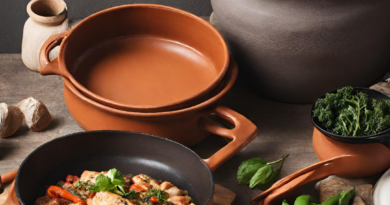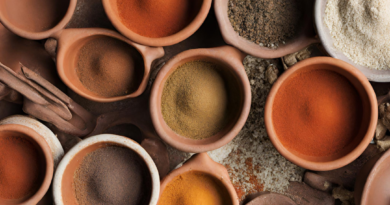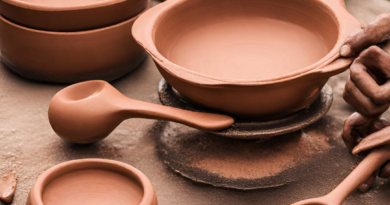Can you use clay pots for making jams and preserves?
Clay pots are not typically used for making jams and preserves, as they are not well-suited for this purpose. The primary reason is that making jams and preserves requires precise temperature control, and clay pots are not known for their ability to maintain consistent temperatures. Here are some reasons why clay pots are not commonly used for making jams and preserves:
Heat Retention
Clay pots have a slower response to changes in temperature compared to metal or non-stick pots. This makes it challenging to control and maintain the exact heat required for the jam-making process.
Uneven Heating
Clay pots tend to distribute heat unevenly, which can lead to hot spots and uneven cooking. Consistent and even heating is crucial for achieving the right consistency and texture in jams and preserves.
Acidic Ingredients
Many jam and preserve recipes include acidic ingredients like citrus fruits or vinegar. The acid can react with the clay, potentially affecting the flavor of the jam and the pot itself.
Risk of Breakage
The high sugar content of jams and preserves can cause them to boil vigorously. Clay pots, especially those that are not specifically designed for stovetop cooking, may be more susceptible to cracking or breaking when exposed to high temperatures and sudden changes in temperature.
To make jams and preserves, it is advisable to use pots and pans made from materials designed for precise temperature control, such as stainless steel, copper, or non-stick cookware. These materials offer better heat distribution and are less likely to react with acidic ingredients. Additionally, using a heavy-bottomed pot with a wide surface area can help with even cooking and reducing the cooking time for jams and preserves.



